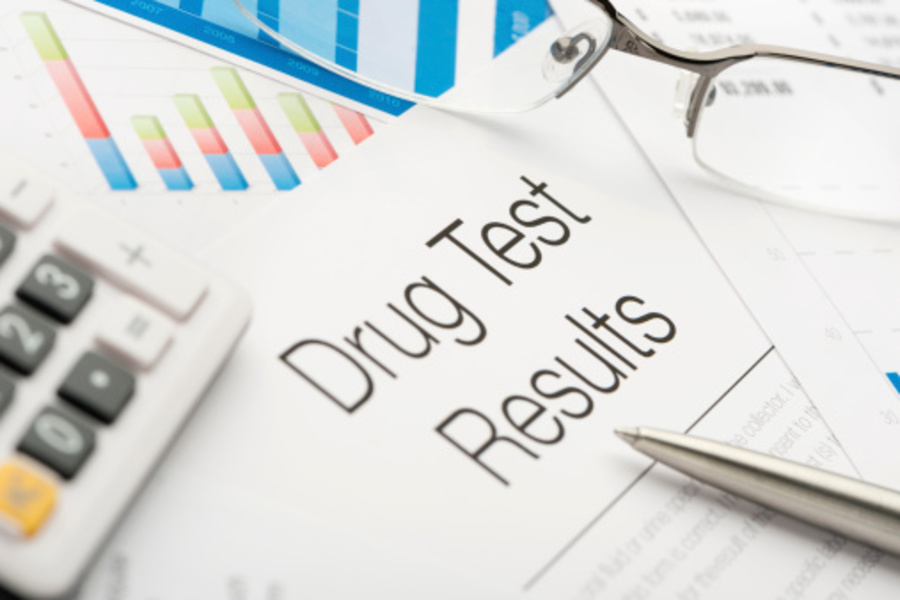
7Jan
2022
Are you questioning whether you should be conducting employee drug screening? There are 9,000+ reasons why you should definitely be conducting them. Read on to learn more.
Are you required to?
Do you operate in the Department of Defense (DOD) security-sensitive industries?
Have a fitness for duty requirement from the Nuclear Regulatory Commission (NRC)?
Do you have Department of Transportation (DOT) regulations?
Then, you’ve got to.
The following industries fall under DOT-regulated programs for drug and alcohol testing:
• Federal Motor Carrier Safety Administration (FMSCA) – Motor Carriers Employers & Employees
• Federal Aviation Administration (FAA) – Aviation Employers & Employees
• Federal Railroad Administration (FRA) – Railroad Employers & Employees
• Federal Transit Administration (FTA) – Transit Employers & Employees
• Pipeline and Hazardous Materials Safety Administration – Pipeline Employers & Employees
• United States Coast Guard (USCG) – Maritime Employees & Employers
If you are a federal contractor receiving over $100,000, or a grant of any size, you may want to. The Drug-Free Workplace Act requires it.
If you are not in a DOT business or federal contractor, please see our article for Non-Regulated Drug Screening.
How often?
Well, that depends on the program you are working in. The DOT regulations specify which tests are required, how often, and what to look for. Let’s look at motor carriers (FMSCA) for a quick idea:
• Random: CDL drivers must be randomly tested throughout the year (§382.305)
• Reasonable suspicion – Drivers who appear to be under the influence of drugs or alcohol can be immediately tested (§382.307).
• Return-to-duty: Required for drivers who tested positive, refused, or otherwise violated the prohibitions of 49 CFR Part 382 Subpart B; and who have completed the return-to-duty process with a DOT-qualified substance abuse professional.
• Follow-up: Required for drivers who tested positive, refused, or otherwise violated the prohibitions of 49 CFR Part 382 Subpart B; and who have completed the return-to-duty process with a DOT-qualified substance abuse professional, and have tested negative for a return-to-duty test.
That’s easy. Test, and I’m done. Right?!
In 2019 the FMSCA settled with over 1200 companies for violations. Settlements included drug screening violations. Penalties were from $800 to $143,000, averaging at nearly $9,000 per company.
Which forms are you using? How do you create a random testing pool? What’s a Medical Review Officer (MRO)?
Work with a provider that is proficient in the requirements and can help guide you through the process. If you have a drug screening program, you should have a drug screening policy, train supervisors, and educate employees.
Drug screening providers help you create a reliable program and let you know of any changes. Are you still using paper-based custody and control forms?
What can you do today?
Drug screening is another area where it only gets more nuanced. Review your requirements, reconsider your risk tolerance, and create a drug screening policy if you don’t have one. It will take time to develop or review your drug screening policy and procedures. Ensure you are following guidelines and that you have confidence in your process.
Gain HR confidence in employee drug screening and background checks by having a conversation with your screening provider. Share pertinent information with them so they can help you out. Which states do you work in? What positions do you hire? What does your recruiting process look like? This information helps a screening provider deliver a preferred application and background check method.
This information is provided as a courtesy, may change, and is not intended as legal guidance.